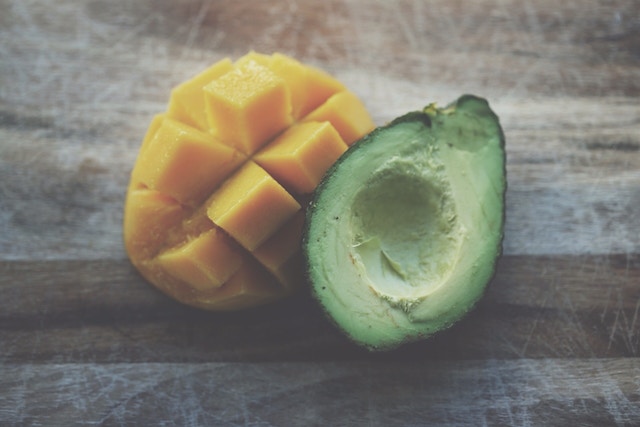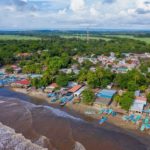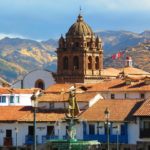Peru Travel on a Gluten Free Diet


When I’m traveling in a country with a foreign language, I usually print out a “cheat sheet” with a script prepared in the local language explaining my dietary restrictions. I then simply hand it to the server at any restaurants I go to, saving me the embarrassment of butchering the language, and avoiding any confusion.
But, the more I said these phrases, the more I realized that people often had no idea what I was talking about.
However, now that I am living in Cusco, Peru, I decided it was necessary to learn a few key phrases and words in Spanish in order to help me get by when eating out or buying groceries. In the beginning, my two most frequently spoken Spanish phrases were “Soy alergica a gluten” (I’m allergic to gluten) and “Esto es sin gluten?” (Is this gluten-free?). But, the more I said these phrases, the more I realized that people often had no idea what I was talking about.
So I learned how to say the more common grains that contain gluten: trigo (wheat), cebada (barley), and centeno (rye). These words sometimes confuse people as well, so then I resort to “Esta cocinado con pan?” (Is it cooked with bread?). I specifically use this phrase when I’m trying to determine if chicken is fried in flour, or simply grilled.
Unfortunately none of these methods are 100% fool proof, which is why it’s important to know which foods typically contain gluten (or whatever your allergen may be). I have also encountered my fair share of people who will lie about food containing gluten even after I explain that I’m allergic, because they don’t understand the severity of the allergy. I discovered this when trying to buy pan de maiz (corn bread) from a bakery.
Peru Travel on a Gluten Free Diet.
Initially I was told that the bread was made from solo maiz harrina (only corn flour), only to find out that it was 70% corn flour and 30% wheat flour. I found that if I exaggerate a bit about my allergy and say that I will die if I consume gluten, that people will then divulge if there are any food allergens in it.
As far as learning what foods I can eat, and finding cheap food in Cusco, I’ve had quite the learning experience. At first, I ate out quite a bit and found some delicious “gringo” (white people) cafes that had a variety of options that I could eat–my favorite being Green Pointe, a vegan restaurant near San Blas Plaza.
Unfortunately, I had to break the habit of eating out early on due to how expensive it is. I also quickly realized that touristy markets such as San Pedro Market are pricier than local open-air markets. Now I split all my grocery shopping between the Mega (supermarket) on Avenida el Sol and the open-air market a few blocks behind it. I’ve had to adapt my diet to what’s available in Peru, which meant giving up things like gluten-free bread and pasta, which can be easily found in most developed countries.
I’ve had to adapt my diet to what’s available, which meant giving up things like gluten-free bread and pasta, which can be easily found in most developed countries.
However, now that I have a grasp on what I can and can’t eat here, meals are not as daunting. One of the best finds thus far are gluten-free biscuits called galletonas, which are made out of a variety of different things ranging from quinoa to soy. Other then galletonas, my adapted diet now consists of eggs, nachos (made with corn chips), fruit, vegetables, nuts, quinoa, and a lot of rice. I have also discovered the wonder of menus. Menus are local restaurants that serve local food for extremely cheap and the menu changes ever day. Three course meals with a drink range from S/0.3 to S/0.8 (roughly $1-3 USD). I highly recommend Menus for travelers visiting Cusco on a budget. They are clearly identified by the word “menu” written on a chalkboard, followed by the meal options for that day.
Overall, the struggle to find gluten-free food is a small price to pay for all of the amazing experiences I’ve had while living abroad. Once I decided that having Celiac disease will not prevent me from all of my traveling aspirations, it became abundantly clear that with the right attitude and research, I can take control of my diet no matter where I am in the world.
Photo for Peru Travel on a Gluten Free Diet by Unsplash.









Thank you so much. I am now in Cusco for a month and have had a difficult time without eating wheat considering how much bread the local people eat, especially at breakfast. One question…where can I find galletonas?